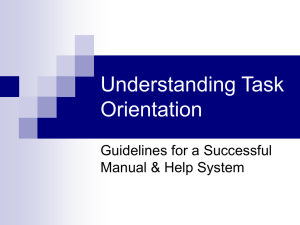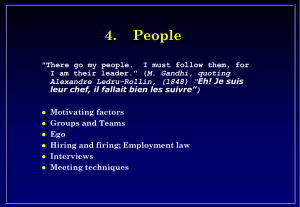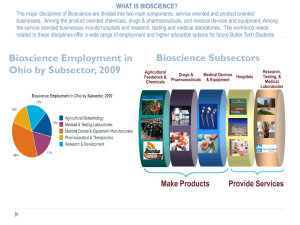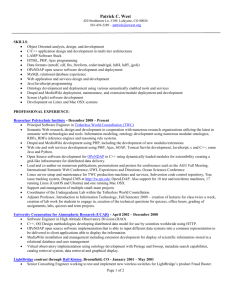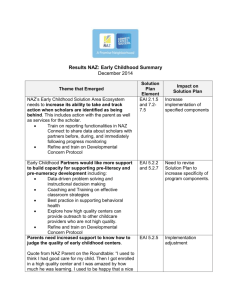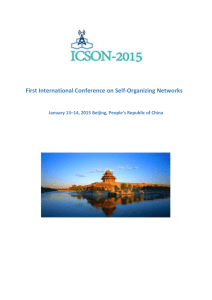Information Oriented Integration
advertisement
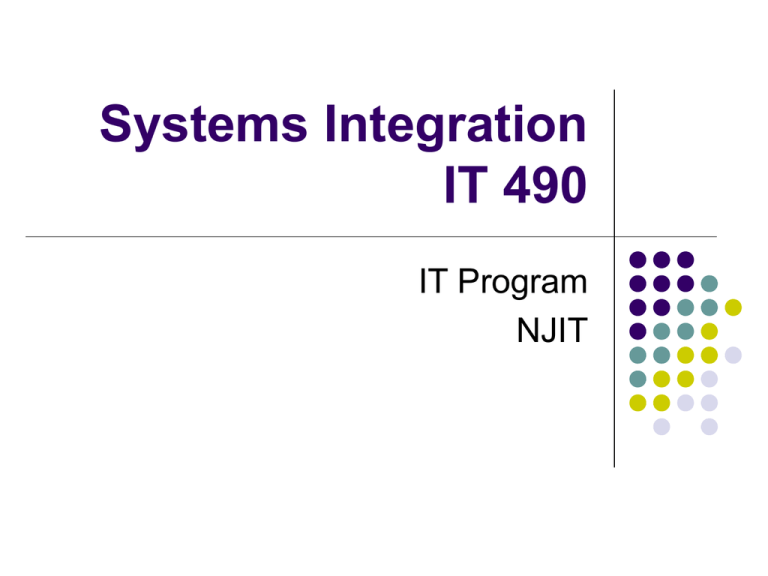
Systems Integration IT 490 IT Program NJIT Data Level EAI Most enterprises considering EAI look to data level EAI as their entry point, a decision that would allow moving data between data stores in order to share relevant business information among applications and, ultimately, stovepipes. An advantage of data level as an entry point for EAI is that a number of tools and techniques exists that allow the integration of information from database to database, adapting the information on the fly so it’s represented correctly by the source and target applications. Further simplifying data-level EAI is the fact that accessing databases is a relatively easy task, which can be accomplished with a few changes to the application logic or database structure. Integration Types Information-Oriented Inexpensive Usually does not require application rewrites Doesn’t take advantages of services provided by systems (sharing of data only) Integration Types Service-Oriented More fully exploits the capabilities of systems May require a total application redesign Tends to be more expensive than information based integrations Due to it’s greater capability, it’s the desired goal Integration Approaches There are 4 basic strategies to approaching application integration: Information Oriented Business Process Integration Oriented Service Oriented Portal Oriented Integration Approaches Information oriented interfaces fall into 3 categories Data replication Data federation Movement of data between systems Common database model Interface processing Defined application interfaces (API) Information Oriented Integration Coupling vs. Cohesion Coupling is binding applications so that they are dependent upon one another Tightly coupled applications share similar procedures/methods, interfaces and even data Changes to one system have a ripple affect throughout all of the integrated systems Cohesion is the logical grouping of the systems themselves. Cohesive systems maintain independence from one another Changes are isolated between systems since their cohesion is based on the interface and not the system Information Oriented Integration Where is integration likely to take place? Database Application User Interface Embedded Device Information Oriented Integration Steps to the integration process include: Identify the data Forms Data Dictionary Integrity Constraints Latency Issues Data Structures Information Oriented Integration Steps (cont) Catalog the Data Gather all metadata that concerns the problem domain May be a significant task in a medium to large integration project Build the logical model ER diagrams Information Oriented Integration Steps (cont) Build the enterprise meta-data model Build the physical model Normalize the problem domain


